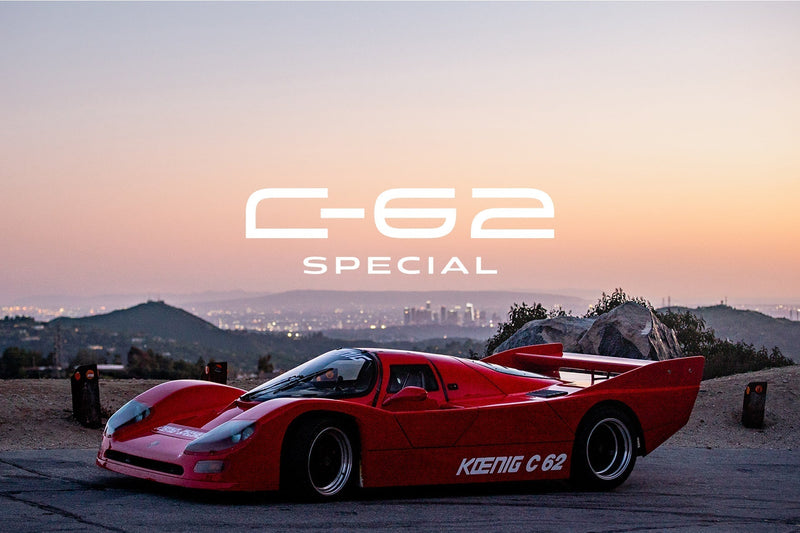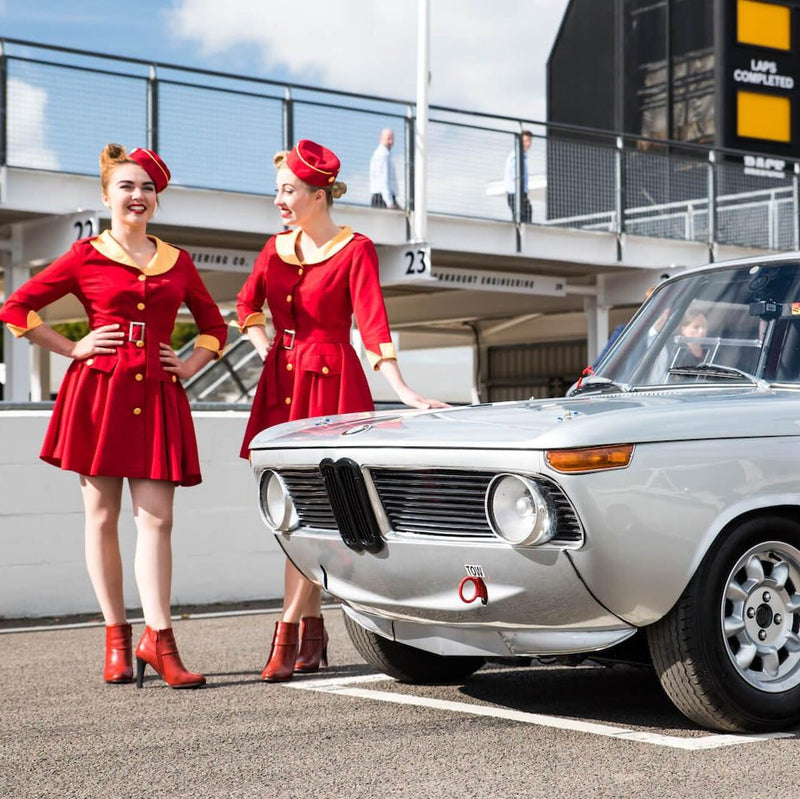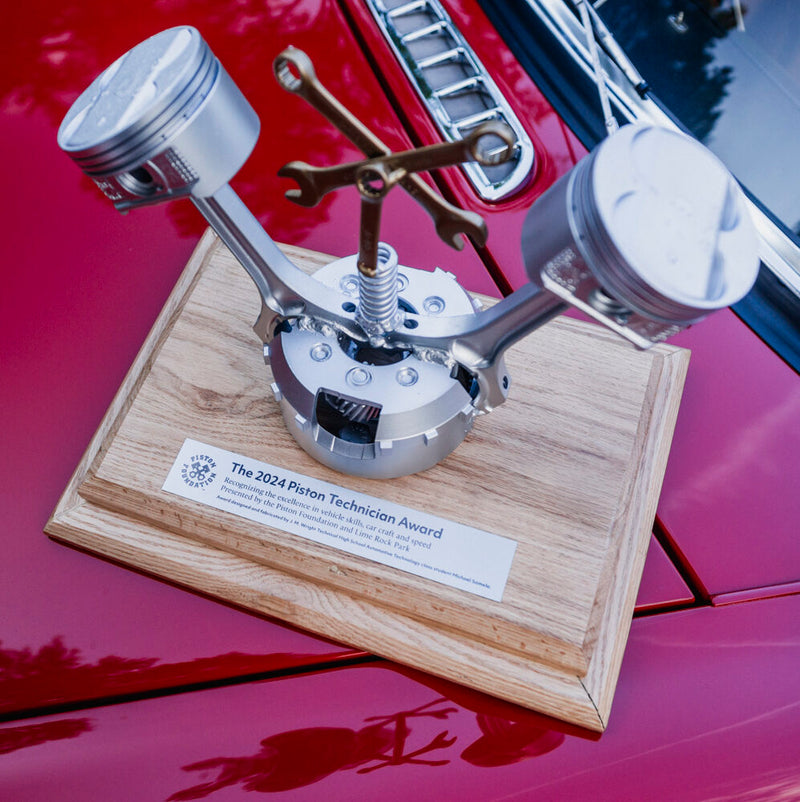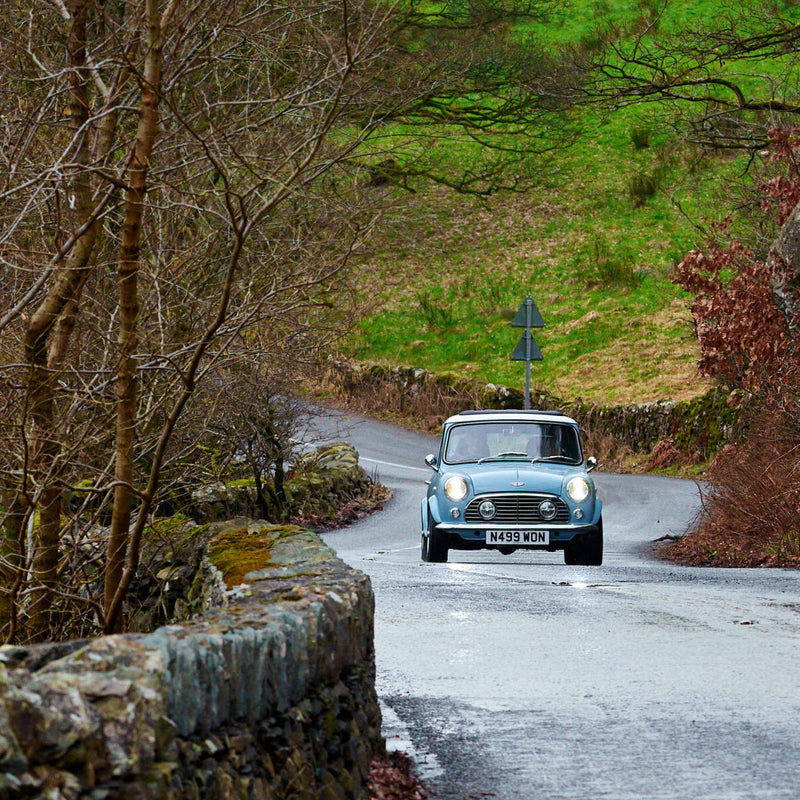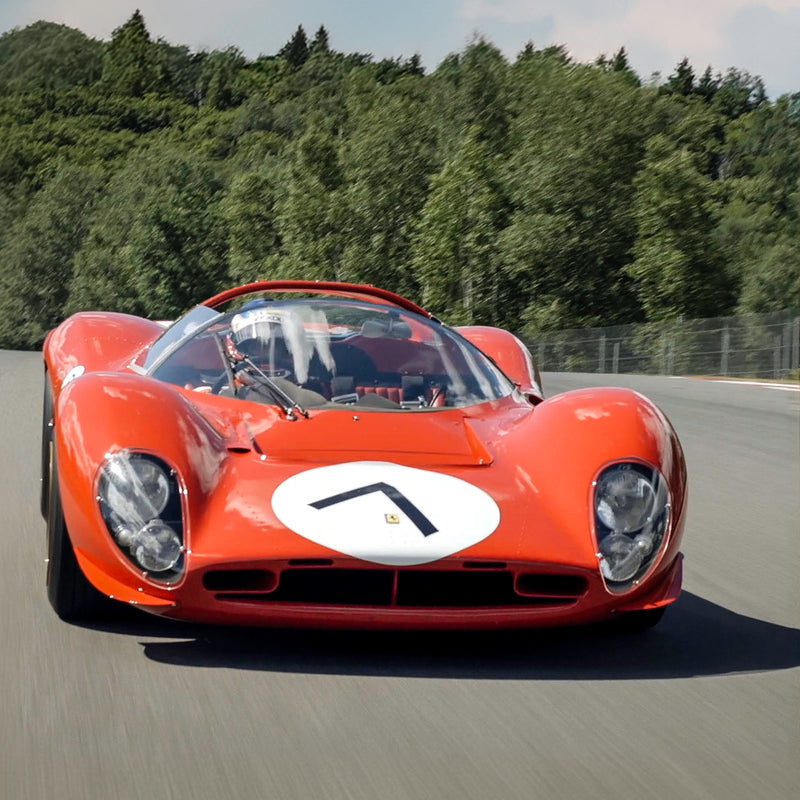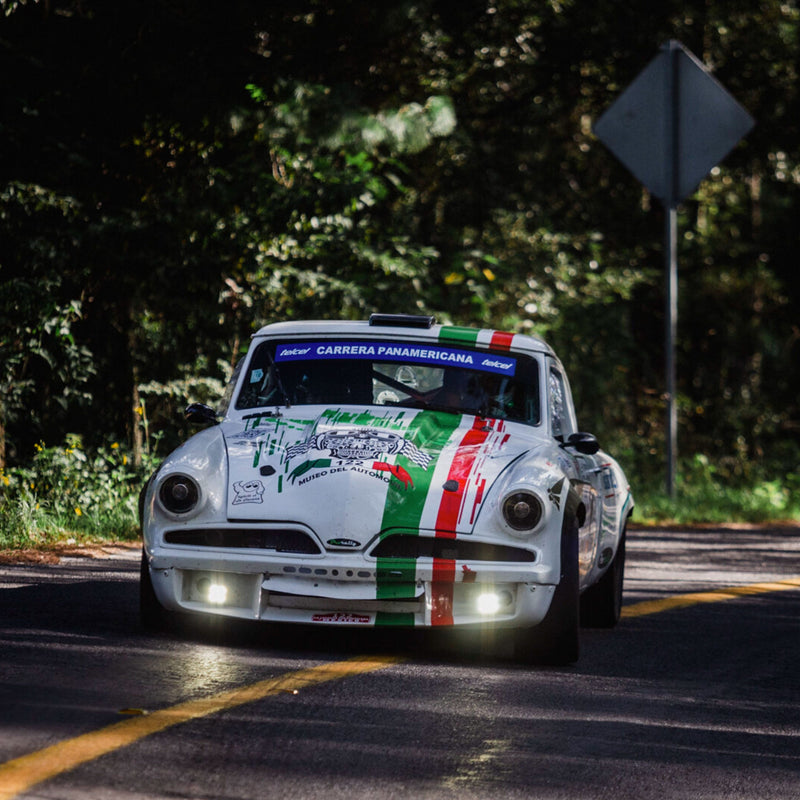Over the last century, no city has made a greater contribution to American automotive design than Los Angeles, in particular its suburb of Pasadena.
This happened because of local demand for custom coachwork. The Cadillacs and Lincolns being sent out from Detroit were too conservative; they might have looked splendid in Newport, R.I., dignified in front of Morgan’s banking house, but at the Beverly Hills Hotel they were mistaken for draft horses. Detroit’s plodding offerings were unsuitable for the conjurers who were making up a great city out of nothing, who engaged in a signature industry that relied on wit and imagination. Why should they drive bankers’ cars?
Something had to give.
A key moment occurred in 1918, when Harley Earl left his engineering studies and track-and-field pursuits at Stanford and returned to L.A. and the family business, which occupied a three-story building that stretched along a whole block at 1320 S. Main Street. Originally from Cadillac, Mich., Harley’s father Jacob had established his carriage works in 1889; it evolved into Earl Automobile Works. The shop could make anything: cinematic Roman chariots, sturdy airplane fuselages, and custom automobile bodies. The son now became chief designer. One of his show cars for the 1919 L.A. auto show was described by the Los Angeles Times as “the classiest thing of its kind ever shown on the Coast or any place else … distinctive … low hung.”
Tall and affable, Harley Earl would become pals with actor Tom Mix and other stars. And like his Hollywood friends, Earl could take a cue. Historian Randy Leffingwell has written how the young designer knew “the importance of a vibrant color palette in satisfying singers who sought to outdo their bandleaders and movie actors who commissioned automobiles to stroke their own egos.”
Like the elder Jacob Earl, Don Lee had also come from Michigan. The Don Lee Building, a landmark on San Francisco’s Van Ness Avenue, attests to his knack for selling Cadillacs. Lee would amass 46 dealerships, including Hillcrest Cadillac, in Beverly Hills. After the L.A. auto show sensation, he bought the Earls’ company, renaming it Don Lee Coach & Body Works. With the Earls still on the job, the works produced 250 to 300 custom bodies per year during 1920s. Fatty Arbuckle, the actor; E.L. Doheny, the oilman; and Cecil B. DeMille, the film director, were clients.
Don Lee Coach & Body advertised 500 color combinations and 50 body styles. Instead of using wood or metal, Harley Earl created clay models before finalizing designs for the company’s 90 to 100 craftsmen. Among them was Frank Kurtis, whose open-wheel racing cars achieved later renown.





As with any trend, eventually the big manufacturer notices. On a tour of dealerships, Cadillac general manager Lawrence Fisher observed Earl’s methods. “It was an important meeting,” Alfred Sloan, the General Motors chairman and chief executive, would recall, “for Mr. Fisher’s interest in this young man’s talent was to result in actively influencing the appearance of more than 50 million automobiles from the late 1920s to 1960.”
GM brought Earl to Detroit as consultant on a new car. Sloan calls the 1927 La Salle “the first stylist’s car to achieve success in mass production.” GM soon established the Art and Color Section, appointing Earl as director.
The Hollywood look—longer and lower, with deeply drawn fenders and rounded corners—now became the Detroit look.
Meanwhile, a dozen miles from downtown L.A., another Michigan native had set up shop.
Walter Murphy, a recent graduate of Detroit University, came to beautiful Pasadena in 1904 and manufactured millwork for the bungalow-style houses popular throughout the area.
Murphy’s family’s fortune derived from lumbering in Maine and Michigan. His uncle William Murphy backed Henry Ford’s first venture, the Detroit Automobile Company, and then his second, the Henry Ford Company. Ford quit his namesake company in response to the backers’ pressure for results, so Murphy teamed up with Henry Leland to launch the Cadillac Automobile Company.
Far away, where the orange groves grew, nephew Walter was also thinking of autos. In 1916 he’d opened an L.A. dealership for the Locomobile and Simplex brands. When Lincoln was launched in 1920, he picked up that line as well.
And he formed Murphy Body Company, at 55 N. Vernon Ave., in Pasadena, bringing in George Fredericks and engineer Charles Gerry from Healey & Company, in New Jersey. They chopped roof pillars and enlivened the color palette, drawing a luminous clientele for their sleek and sporty products. Duesenbergs would ultimately become a specialty: Murphy built 125 bodies for Model J chassis.
Beyond the wondrous creations that emerged from the plant, Murphy also disseminated design talent throughout the automotive world. For instance, Frank Spring moved on to Hudson and Philip Wright went to Cord and then Pierce-Arrow.
But no Murphy Body alumni cut through the industry like Franklin Hershey, a Detroit native who grew up in Beverly Hills, and Strother MacMinn, a Pasadena kid who could draw.
Joining Murphy Body in 1930 after completing his education at Occidental College, Hershey distinguished himself with an innovative aluminum-bodied Peerless V-16 prototype. On weekends he tutored young MacMinn.





When Murphy Body went out of business in 1932, Hershey had already joined his own mentor Spring at Hudson. “I just didn't feel at home at Hudson,” he wrote in 1995, “and, fortunately, after about two months I got a call from Harley Earl to come to GM to run the Pontiac studio.” Hershey created the famous Silver Streak, the motif that stuck with Pontiac for two decades.
Moving to Buick in 1936, he hired MacMinn. They went to Germany in 1937 and collaborated on the Opel Kapitän, a special challenge—and opportunity—because of unibody construction.
Hershey’s postwar high point came during his four years at Ford, where he led the effort that resulted in the 1955 Thunderbird.
Meantime, MacMinn returned to L.A., where in 1948 he began to teach at Art Center College of Design. (The school moved to Pasadena in 1976.) He stayed in the transportation design program for decades. At his death in 1998, it was said that he never designed a car, yet no one had greater influence on car design.
A notable Art Center graduate is Jack Telnack, who was born at Henry Ford Hospital, in Detroit. Telnack excelled at Art Center and went back home to work at Ford in 1958, the year after Hershey left. Among many accomplishments, Telnack directed the team that developed the revolutionary 1986 Ford Taurus. “In the wake of Telnack’s success, his designs are changing not just the look of Fords but the way all American cars look,”The New York Times wrote the next year.
MacMinn also helped to establish Toyota’s Calty Design Research studio, which is in Newport Beach; there are now around two-dozen transportation design studios in Southern California, including the Piaggio Group Advanced Design Center, in Pasadena. The Times reported that studio’s director Miguel Galluzzi, an Art Center grad, chose Pasadena “because of its proximity to centers of transportation thought.”
Just as it and L.A. have been for nearly a century.



Image Sources:Richard Stanley via charleslindbergh.com ,artcenter.edu ,modifiedcadillac.org ,carnewscafe.com ,automobilemag.com ,curbsideclassic.com ,influx.co.uk ,squarespace.com ,oldconceptcars.com/gm-lesabre ,oldconceptcars.com/gm-firebird-ii











